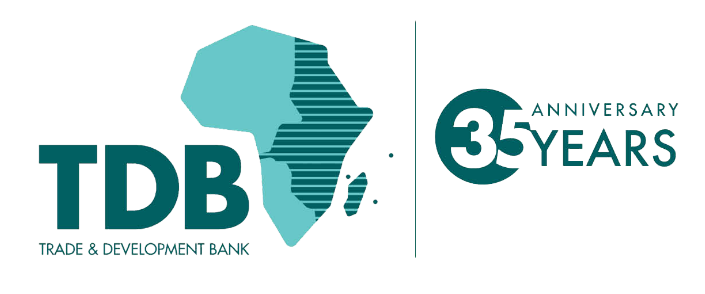IBOR Reform
Your Transition Away from IBOR Reference Rates
Overview
The London Interbank Offered Rate (LIBOR) and Euro Interbank Offered Rate (EURIBOR) are two of the most widely used interbank offered rates (IBOR) as interest rate benchmarks by financial markets globally. These IBORs underpin an estimated USD 350 trillion[1]of contracts for financial products, including loans, fixed income securities, derivatives, and structured products globally. However, over the years, global regulators have expressed the need to reform IBORs and switch to alternative risk-free rates.
In July 2017, the United Kingdom’s (UK) Financial Conduct Authority (FCA) announced that it would no longer compel banks to submit the rates required to calculate LIBOR from 31 December 2021. On 5 March 2021, the FCA and the Intercontinental Exchange (ICE) Benchmark Administration (IBA) confirmed that LIBOR settings for the British pound sterling, euro, Swiss franc, Japanese yen for all tenors and, 1-week and 2-month USD settings would no longer be published after 31 December 2021, and the overnight and 1, 3, 6 and 12-month USD LIBOR settings, after 30 June 2023.[2]
The IBOR reform is expected to change the way existing IBORs operate or in some instances, cease to exist entirely. The changes will impact some or all of the products and services currently offered and those that may be offered in the future by the Eastern and Southern African Trade and Development Bank, its affiliates and subsidiaries (“TDB”). TDB’s main transacting currencies are USD and EUR.

